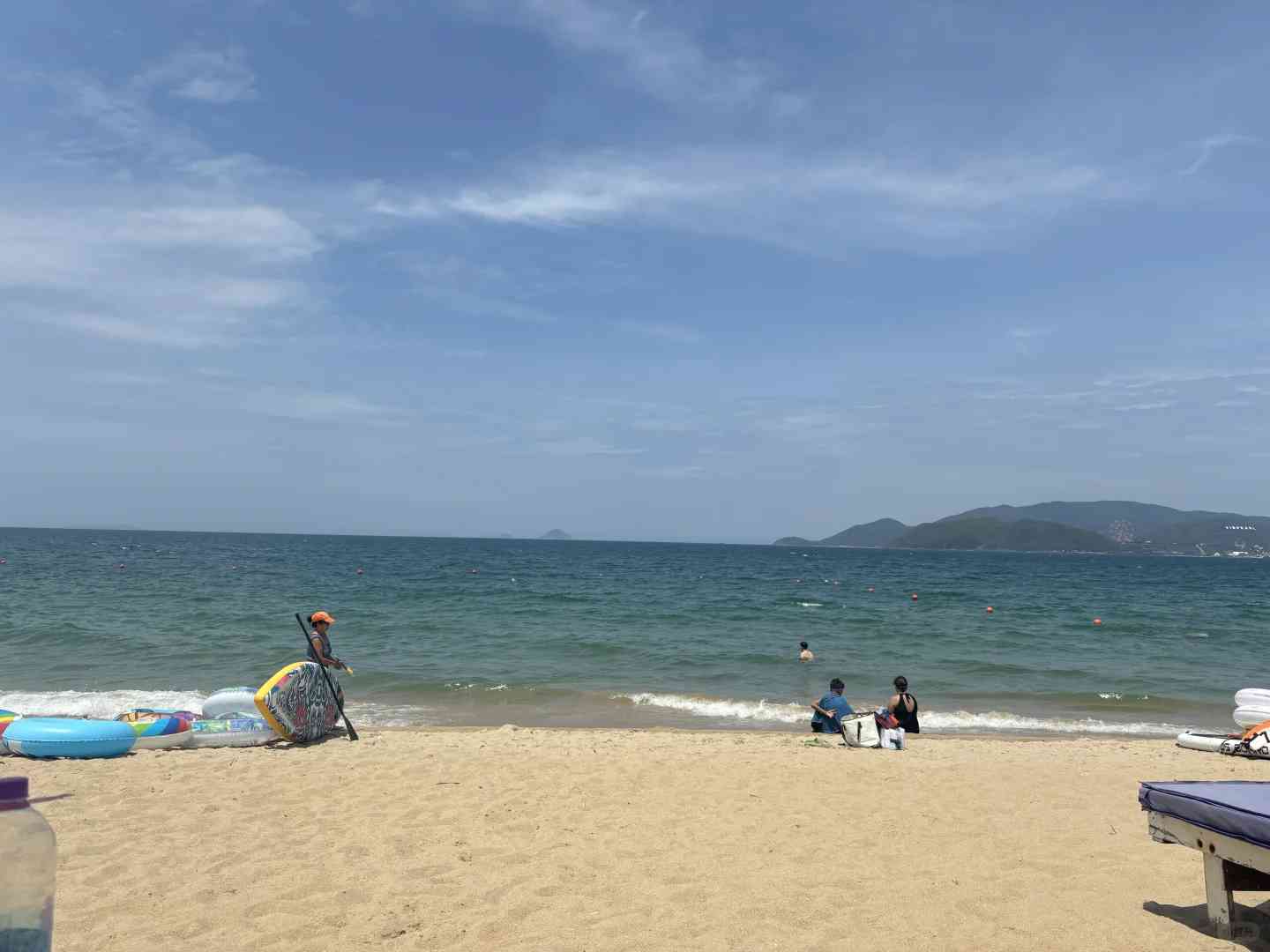Why Chinese Tourists Should Avoid Nha Trang for Island Getaways
Southeast Asia is a treasure trove of islands, and while Nha Trang, Vietnam, might seem like an attractive option, it comes with a few caveats that might make you think twice. Here’s what you can expect:

1. Nha Trang has a strong Korean influence, making it feel almost like a Korean enclave. From the moment you step into a hotel, you’ll notice the front desk staff bending over backward to cater to Korean and Western guests. Chinese travelers, on the other hand, may find themselves in less desirable rooms—rooms without windows or incorrect bed arrangements.
Problem-solving at the front desk is often subpar, and communication can be a challenge, even in supposedly five-star hotels, which, by Chinese standards, would barely qualify as three-star. Interestingly, I didn’t encounter any such issues in Hanoi and Ho Chi Minh City, leading me to believe that this might be linked to the local economy, as Nha Trang is a relatively underdeveloped island city.
2. The culinary scene in Nha Trang is rather unremarkable, lacking the unique flavors and dishes that make dining in Hanoi and Ho Chi Minh City a memorable experience. The food here is average and doesn’t stand out, which can be a letdown for food enthusiasts.
3. Contrary to popular belief, prices in Nha Trang are not particularly budget-friendly. While fresh fruit juices are a steal at around 6-10 yuan per cup, other meals at restaurants can set you back anywhere from 20-50 yuan each. This is comparable to the cost of fast food in Chinese shopping malls, so don’t expect to save much on your dining expenses.
4. The city is bustling and often crowded, with a significant number of noisy Korean tourists, many of whom travel with their families. In contrast, other foreign visitors and Japanese tourists tend to be much more subdued, creating a stark difference in the overall atmosphere.

